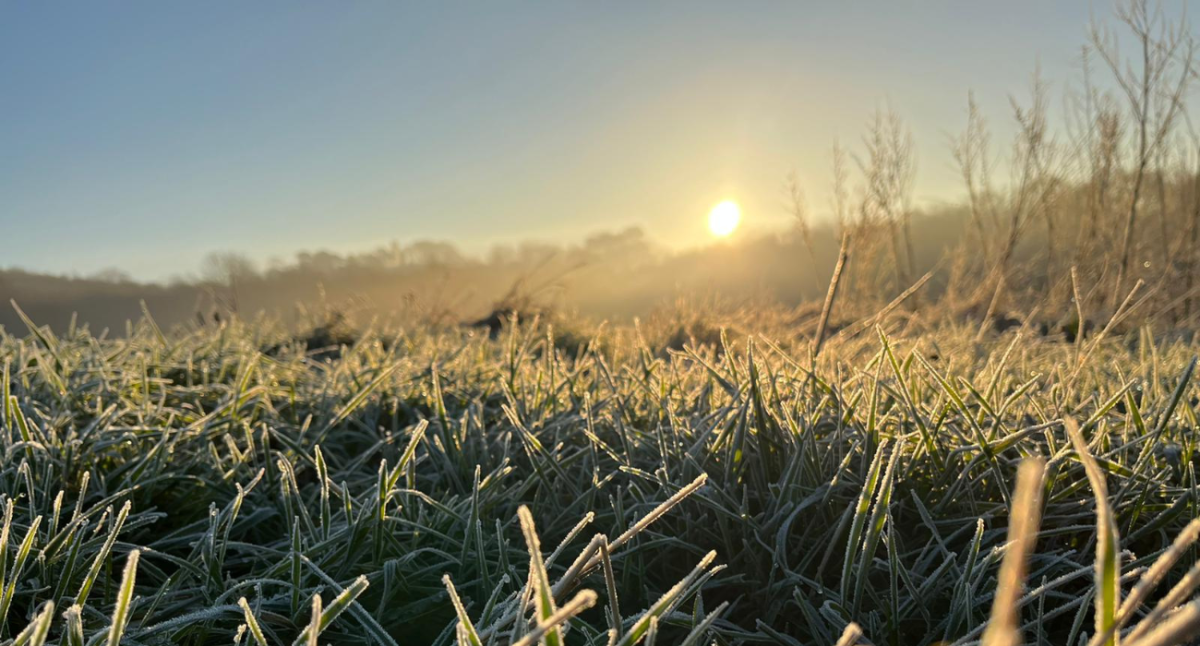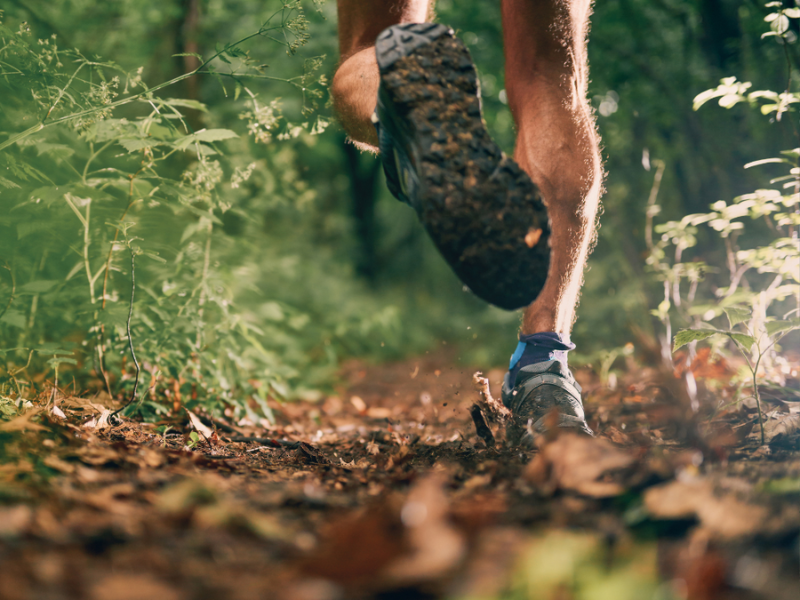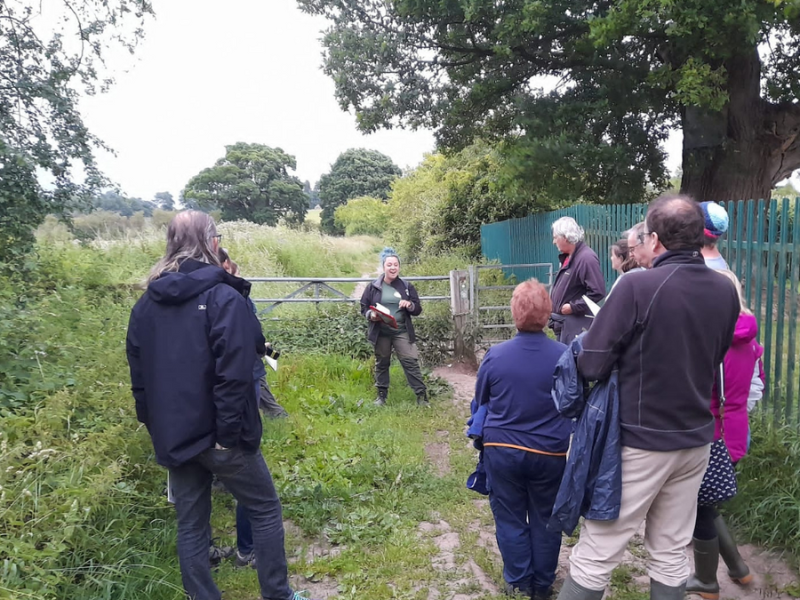
Connect to nature and combat the January blues
Despite being perceived as a nation of nature lovers, the UK has been ranked the lowest in Europe for our ‘nature connectedness’. The May 2022 study indicated that, of the 14 European nations included, UK citizens had the poorest levels of closeness with other species and the natural world*. This is likely to be linked to the fact that we are also one of the most nature-depleted countries on the planet, having lost more wildlife than any other G7 country.
But why does nature connectivity matter, what are the many ways it can manifest, and how can it help us combat the January blues?
Why does nature connectivity matter?
The reasons behind these findings and why some people and nations experience greater levels of connection to the natural world are complex, but what is simple is the reason it matters so much.
High levels of connection with nature have been shown to support better mental and physical wellbeing, while people who feel closer to nature are also more likely to behave in environmentally friendly ways, whether that be recycling more, buying organic, or driving an electric vehicle.
It is no exaggeration, then, to say that increasing our population’s connectivity to nature could have enormous benefits for both people and planet.
This is a concept that lies at the very core of our work at the Heart of England Forest. Without continued efforts to engage people from all age groups and backgrounds with the Forest and nature, in years to come there may be nobody to care for it, and few people interested in benefitting from spending time in it. That is why it is essential that organisations like ours across the country strive to provide greater opportunities for people to develop a deeper connection with nature.
How do people connect to nature?
The connection to nature is a deeply personal and subjective experience that can vary widely among individuals. People have diverse perspectives, preferences, and ways of relating to the natural world.
Here are some ways in which being connected to nature can manifest:
Outdoor activities
Some people feel a strong connection to nature through activities like hiking, camping, or exploring natural landscapes. For others, engaging in outdoor sports or recreational activities, such as running, cycling, or birdwatching, can foster a sense of connection to the natural environment.

For Becca, a regular Forest visitor, being out in the woods is a fantastic way to relax. She says: “I love walking and running and have spent hours doing both in the Forest. We are lucky enough to have Morgrove Coppice on our doorstep and I have run many, many laps of the accessible track. I love the trail through the mature wood as it is full of wildlife, and I often interrupt my run to check a bird song on an app on my phone – a great excuse to catch my breath!”
Contemplation and reflection
For some, connecting with nature involves quiet and contemplative moments, like sitting by a river, observing a sunset, or simply spending time in a garden. Practicing mindfulness or meditation in natural settings is a way for many to deepen their connection to the environment and find inner peace. Find out more about the benefits and practice of Forest bathing.
Sit back, turn up the volume and unwind your mind with this relaxing soundscape.
Art and creativity
Creating art inspired by nature, whether through painting, photography, or other mediums, allows individuals to express their connection to the natural world and its beauty.

Writing poems, stories, or keeping a nature journal can be a way for people to articulate and explore their feelings about the natural world. Spending time in the Forest provides Lucy with inspiration for her poetry:
Nature's Heart by Lucy Edkins
Ancient mountains on the horizon, beckonings of eternal slumber. Sombre skies cloaked by starlight, the genesis of a new day's sunrise.
Spindle berries gleam, vibrant jewels.
Silken spun spider webs, lustre morning dew.
Fragmented beams of light glare through sun glazed branches.
Brittle, withering autumn leaves dance peacefully to their demise, resting motionlessly on the camouflage beneath, corroding into nothingness.
But the strong, archaic oak tree stands tall, deeply rooted, unchanged.
Conservation and environmental stewardship
Adopting a sustainable lifestyle and making eco-friendly choices is a way for people to express their commitment to the wellbeing of the planet. Some individuals feel a connection to nature through actively participating in conservation efforts and advocating for the protection of ecosystems and wildlife. This is the case for Tasha, our Biodiversity Officer (Woodlands): “During my free time, I enjoy volunteering and participating in projects that protect and conserve bats in Birmingham and the Black Country. In this heavily urban environment, it can be easy to become disheartened when it comes to wildlife. However, the moment I hear a bat on my detector or see a bat during our monitoring surveys a warm sense of amazement and appreciation takes over.
With each data set we collect and record, I know I am doing my part studying and understanding these amazing creatures to enable conservation within an urban environment to take place, supported by science. Whilst sitting within inner city woodlands at night, the buzz of nearby roads and light pollution can be overwhelming, but as soon as the bats arrive my mood is lifted considerably and my connection to nature further cemented. If they can survive there, surely there is hope for the future.”

Educational engagement
Some individuals feel connected to nature through education and learning about the intricacies of ecosystems, biodiversity, and the natural world.
Sharing knowledge and experiences with others, especially through environmental education, can be a way of fostering a collective connection to nature. Helena, in our Learning and Skills Team, witnesses this first hand in her job as an Outdoor Teacher:
“We look to connect children with nature so that they may grow up to show compassion and look after our world and all its inhabitants. This is done in many ways; it may be by making memories, such as the group who were lucky enough to see a muntjac deer on a walk and watch it as it hid under one of our shepherd’s huts. Afterwards, I overhead a little boy say to his teacher, ‘I cannot stop thinking about that deer’.
It may be through art, making insect hotels, or encouraging children to use all their senses in the Forest. We have had groups search a part of the Forest for their favourite tree. They then use all their senses to get to know it: touch it, hug it, put their ear to it, sit under it and see what they can hear, look up its trunk, smell the leaves, bark, notice patterns and the beauty it holds. Finally, asking “how does it make you feel?” It has been great to witness the calming effect that this has on them and to hear the lovely responses as to why it was their favourite tree. One little girl spent the time sitting next to a tiny sapling that she found on the Forest floor because she loved the fact that it would one day be a massive tree.
Working in the Heart of England Forest, we can see the benefits that connecting to nature has for ourselves and for nature; after all, we are part of nature and should not see ourselves as separate to it.”

Banish the January blues with nature
This month, to help you combat the January blues, why not challenge yourself to think about all the ways your experiences with nature have brought you joy, and how you can best support others in developing a closer connection to the natural world? Then make a commitment to getting out into the great outdoors this month to reap the benefits of time spent in nature.
Find information to plan your visit to the Forest here.



